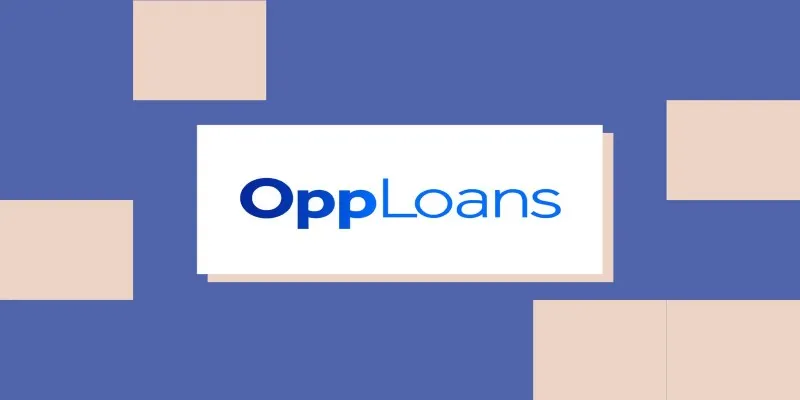Comprehensive Guide to Parent PLUS Loan Repayment - Plans, Rates, and Best Options
Parent PLUS loans serve as a vital financial tool for many families aiming to bridge the gap between college costs and available financial resources. These federal loans allow parents to borrow funds for their child’s education, offering flexible repayment options tailored to different financial situations. While they provide an immediate solution, understanding the repayment process is crucial for managing long-term financial obligations effectively. This article explores the different repayment options, interest rates, deferment choices, and strategies for managing Parent PLUS loans.
When Does Parent PLUS Loan Repayment Start?
Repayment of Parent PLUS loans generally begins about 60 days after the final loan disbursement. However, if your child is still in school, you can defer repayment until they are enrolled less than half-time. During this deferment period, although you are not required to make payments, interest continues to accrue, potentially increasing the overall cost of the loan over time. Understanding this timeline is essential for early financial planning.
Exploring Parent PLUS Loan Repayment Options
Parent PLUS loans offer various repayment plans designed to cater to diverse financial needs. Each option has distinct features, allowing borrowers to choose a plan that best suits their circumstances.

Standard Repayment Plan offers the fastest way to pay off your loan. Spanning 10 years with consistent monthly payments, it helps with predictable budgeting. However, if your monthly budget is tight, this plan might be challenging due to its relatively high monthly payments. Conversely, the Graduated Repayment Plan starts with lower payments, which gradually increase every two years. This plan is ideal for those expecting their income to rise over time.
If you prefer lower monthly payments, the Extended Repayment Plan can help by extending your loan term to 25 years if your loan amount exceeds $30,000. This approach eases immediate financial pressure but results in higher interest costs over the loan’s lifespan compared to shorter-term plans.
Another option to consider, available through loan consolidation, is the Income-Contingent Repayment Plan (ICR). By consolidating Parent PLUS loans into a Direct Consolidation Loan, borrowers can benefit from payments based on income, capped at 20% of discretionary income or an amount calculated over 12 years. This plan offers the most flexibility for those with fluctuating incomes, but it may significantly extend repayment time, increasing the total cost.
Understanding Interest Rates and Fees for Parent PLUS Loans
Parent PLUS loans disbursed between July 1, 2024, and July 1, 2025, carry a fixed interest rate of 9.08%. While this rate remains constant throughout the loan term, borrowers should consider the impact of accrued interest during deferment or any delayed payments.
Additionally, a loan fee of 4.228% is deducted from each disbursement, effectively increasing the total amount borrowed. For instance, borrowing $20,000 incurs approximately $845 in fees. Keeping these fees in mind when calculating the true cost of financing your child’s education is crucial. By understanding these rates and fees, borrowers can make informed decisions about repayment strategies.
Can You Defer Parent PLUS Loan Payments?
Deferment is a valuable option for parents facing financial difficulties while their child is in school or during the initial months post-graduation. Parent PLUS borrowers can request a deferment if their child is enrolled at least half-time, up to six months after graduation, or when they drop below half- time status. Although this deferment provides temporary relief from monthly payments, it’s essential to consider how interest accrues during these periods.
For example, with a $50,000 Parent PLUS loan at a 9.08% interest rate, the loan accrues $4,540 in interest annually during the deferment period. Opting to pay this interest during deferment can prevent the balance from ballooning and help reduce costs over time.
Comparing Repayment Plans and Their Long-Term Impacts
Choosing the right repayment plan depends on your financial situation, future goals, and ability to manage monthly payments. The Standard Plan is ideal for borrowers looking to minimize total interest paid, while those needing lower monthly payments might prefer the Extended Plan. For instance, a $50,000 loan under the Standard Plan results in approximately $633 in monthly payments over 10 years, totaling $75,960.
Conversely, with the Extended Plan, the same loan could have monthly payments as low as $429, but total payments over 25 years might reach $128,700.
For borrowers with fluctuating incomes, consolidating loans to access the Income-Contingent Repayment (ICR) plan can significantly ease financial strain. However, it’s important to note that lower payments can lead to higher costs in the long run, as extending repayment periods tends to increase total interest paid.
Strategies to Effectively Manage Parent PLUS Loan Repayment
Effective loan repayment requires diligent budgeting and timely payments. Allocating a portion of your income each month towards this goal can help avoid late fees or penalties from missed payments. If you have multiple loans, consolidating them could simplify payments with a single monthly installment, although this might alter the repayment period.

Another strategy is to explore refinancing options with private lenders, which might offer lower interest rates. However, it’s crucial to remember that refinancing comes with drawbacks, such as losing federal repayment benefits like deferment, forbearance, and income-based repayment plans. Weighing the advantages of refinancing against its limitations is vital before making a final decision.
Borrowers should also consider making extra payments whenever possible to reduce the principal balance faster. For example, adding an extra $100 each month on a $50,000 Parent PLUS loan at 9.08% could save thousands in interest over the loan’s lifetime.
Conclusion
Successfully repaying a Parent PLUS loan requires careful planning and a solid understanding of the available options. Whether you choose a Standard, Graduated, or Extended Repayment Plan, or opt for consolidation to leverage income-based repayment, each comes with its benefits and drawbacks. Additionally, understanding interest rates, fees, and deferment is essential for managing these loans effectively. By selecting the right plan and staying proactive in making payments, borrowers can ensure that Parent PLUS loans remain a manageable part of their financial responsibilities while supporting their child’s educational journey.











